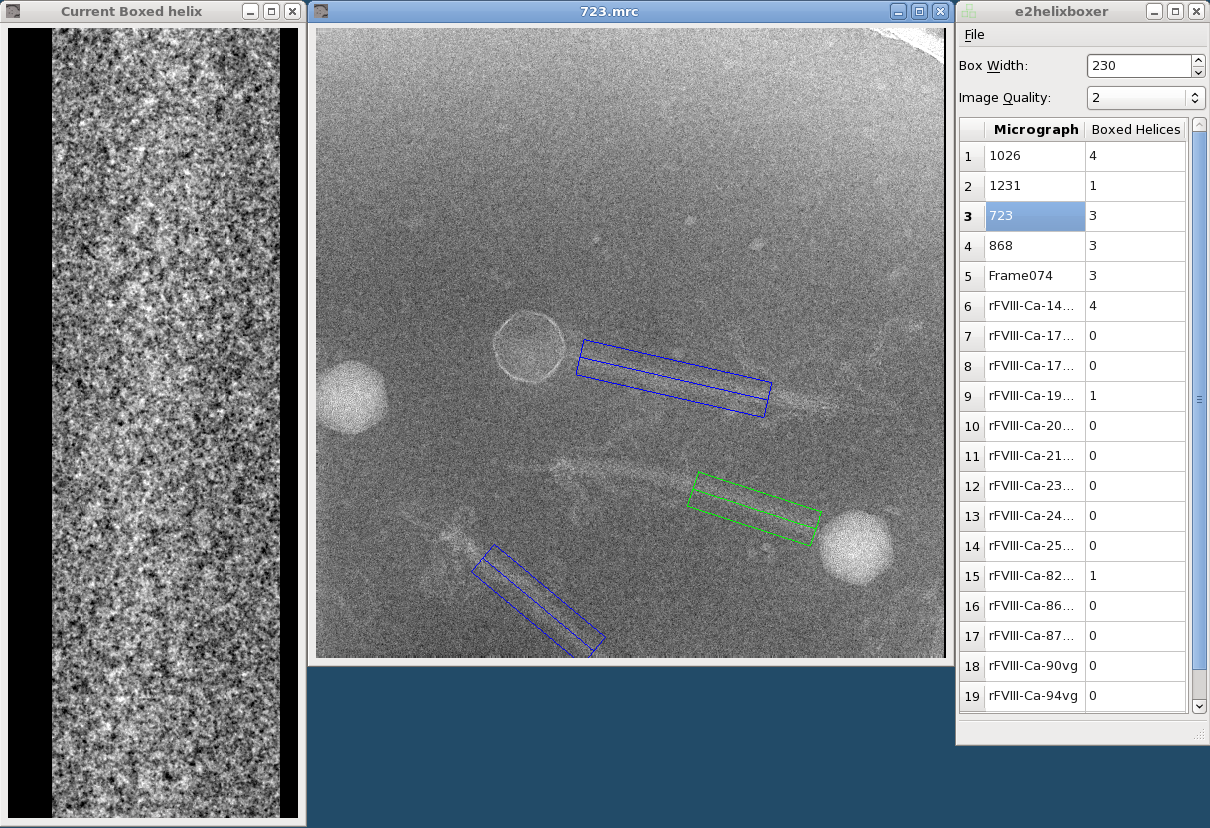

In cm-' ( E in~dm3Ĭm-'), measured as fresh solutions in CH,Cl, In ppm relative to 85% H3PO4, measured in CH,Cl,-CDC13 at 300 K. T Supplementury data available: see Instructions for Authors, J. Ligands is also apparent, with no evidence for higher-molecular+ Pattern involving successive loss of chloride and phosphine In each case a very distinctive fragmentation The correct isotopic pattern for [RuCl,(PPh,H), - H I + (m/zĩ1 5), (61 I), The FAB mass spectra of the products show peaks with 2340 cm-' assigned to a coordinated PH function. Shows, in addition to peaks due to phenyl or cyclohexyl groupsĪs appropriate, a weak feature at ca. UV/VIS, 'H and 31P NMR spectroscopies, FAB mass Solution under N, afforded (R = Ph orįrom CH,Cl,-Et,O these complexes were characterised by IR, Primary or secondary phosphine in refluxing aqueous EtOH 2 h yielded the tetrakis(ph0sphine) complex Reaction of RuC13-3H,0 with an excess (5-7 molar equivalents) of PPh,H or PPhH, in degassed, refluxing EtOH under Structure of trans-*0.5CHC13by Stephenson Have been reported previously by Sanders,6 and the crystal The syntheses of trans- and related complexes Single-crystal structure determinations on trans- and trans-[OsC12(PPh,H),J~CH,C12 Now report the synthesis and redox studies of Īnd, (M = Ru or Os, R = Ph or C6Hll). Studies were intended to establish the susceptibility of PR,HĪnd PRH, complexes to spontaneous deprotonation we haveĮxtended this work to ruthenium and osmium complexes. Of Pd" and Pt" undergo spontaneous deprotonation to give the Solution over very long period^.^ In contrast, PPh,H complexes NMR spectroscopy to be stable with respect to deprotonation in We have recently reported the complex cations (M = Pd or Pt) which were shown by multinuclear Recently reported the first example of an agostic Pd Poorly studied,-* and early studies indicated that upon coordination the P-H bonds become unstable to deprotonation Good yields initially with the PH groups intact, therebyĪllowing controlled deprotonation and further reaction.ĭespite the vast literature describing tertiary phosphine (PR,)Ĭo-ordination, PRH, and PR,H ligation have been relatively The PH groups, it is essential that they can be synthesised in To be useful for further functionalisation, such as alkylation, at Order for these primary and secondary phosphine complexes In their template syntheses of tetraphosphine macrocycles. Offer the possibility of further functionalisation following coordination, as shown for example by Stelzer and co-workers ' Our interest arises from the fact that they Primary and secondary phosphines (PRH, and PR,H) with We have been investigating the co-ordination chemistry of Reversible oxidation in each case, which is assigned to a M"-M"' redox couple. With the exception of (irreversible),Ĭyclic voltammetric studies on the complexes trans- and trans- show a The crystal-structure determination of trans- *CH,CI, showed two independent half Octahedral arrangement seen in trans- compared to trans- ~0.5CHC13. The lower steric demands of the PPhH, ligands compared to PPh,H are reflected in the more regular It confirms a transĪrrangement of the CI- ligands with the Ru" occupying a crystallographic inversion centre with four The crystal structure of trans- has been determined. Prolonged standing of trans in CH,CI, solution led to partial isomerisation to the cis isomer a s confirmed by 31PN M R Species exist a s trans isomers in solution and the integrity of the PH functions. Ultraviolet-visible and 31P N M R spectroscopic studies confirm that these In degassed refluxing EtOH solution (or EtOH-water for 0 s ) gave and in Reaction of RuCI3.3H,O or, with 5-7 molar equivalents of PR,H ( R = Ph or C,H,) or PPhH, Roche Research Centre, Welwyn Garden City AL7 3AY, UK S i m p s o dĪ Department of Chemistry, The University of Edinburgh, West Mains Road, Edinburgh EH9 3JJ, UKĭepartment of Chemistry, The University of Southampton, Highfield, Southampton SO9 5NH, U K Single-crystal Structures of trans- andĪlexander J. Synthesis and Redox Studies on Ruthenium and OsmiumĬomplexes with Primary and Secondary Phosphines. Downloaded by State University of New York at Stony Brook on 06:32:32. View Article Online / Journal Homepage / Table of Contents for this issue


 0 kommentar(er)
0 kommentar(er)
